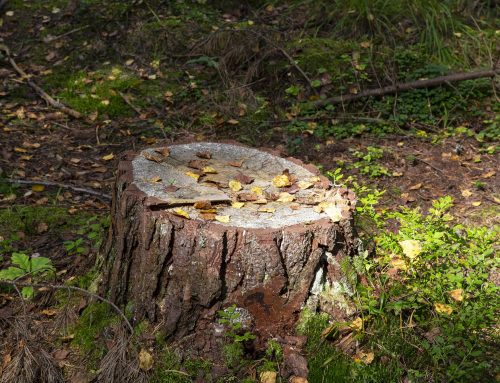Bonsai trees, with their intricate beauty and centuries-old tradition, have a way of capturing the hearts of many. These miniature marvels bring the essence of nature indoors, providing a unique and calming presence. However, the art of bonsai tree care requires patience, attention to detail, and a deep understanding of these delicate living sculptures. In this guide, we’ll explore the fundamental aspects of bonsai tree care, from placement and watering to pruning and shaping, helping you nurture your bonsai’s growth and beauty.
Bonsai Tree Care 101: All You Need to Know
Placement Matters
The placement of your bonsai tree is a crucial starting point for its care. Bonsais thrive in bright, indirect sunlight, so find a spot where your tree can receive ample light without being exposed to harsh, direct sun for extended periods. East or west-facing windows are often ideal. If you place your bonsai outdoors, ensure it’s in a location that receives filtered sunlight or partial shade.
Mastering the Art of Watering
Proper watering is perhaps the most critical aspect of bonsai tree care. Bonsais have small, shallow containers, which means their soil dries out quickly. Water your bonsai when the top layer of soil feels slightly dry to the touch but not bone dry. Ensure the water reaches all parts of the root system by gently watering the entire soil surface. It’s crucial to avoid overwatering, as this can lead to root rot. Instead, maintain a consistent watering schedule, adjusting as needed based on the season and climate.
Pruning and Shaping Your Bonsai
Pruning and shaping are integral to maintaining the bonsai’s miniature aesthetic. Regularly trim new growth to encourage branching and maintain the desired shape. Use sharp, clean scissors or bonsai shears to make precise cuts, and be patient, as over-pruning can harm your tree. Wiring can also be used to guide branches into the desired positions. However, take care not to damage the bark while wiring, and periodically check and adjust the wires to prevent them from cutting into the branches.
Growing and Cultivating
Bonsais require a well-balanced approach to growth and cultivation. To encourage healthy growth, repot your bonsai every two to three years, typically during the spring or early summer. This allows the roots to breathe and absorb nutrients more efficiently. Use a well-draining bonsai soil mix that suits the specific needs of your tree species. Fertilize your bonsai during the growing season, typically from late spring to early autumn, using a balanced liquid or granular fertilizer.
Choosing the Right Bonsai Tree
The type of bonsai tree you choose should align with your climate, available care time, and aesthetic preferences. Some popular bonsai varieties include the Ficus, Juniper, Chinese Elm, and Jade. Different species have varying care requirements, so research your chosen species thoroughly to provide the best possible care.
Positioning Your Outdoor Bonsai
Outdoor bonsais, while hardier than their indoor counterparts, also require proper placement. Choose a location with the appropriate light conditions for your tree’s species. Keep in mind that outdoor bonsais may need winter protection in regions with harsh cold spells. Additionally, placing your bonsai on a stable surface or a pedestal can enhance its visual appeal and provide better air circulation.
Soil Selection
Choosing the right soil for your bonsai is essential for its overall health. Bonsai soil should be well-draining and retain enough moisture for the tree’s roots. Commercial bonsai soil mixes are available, or you can create your own by blending components like Akadama, pumice, and lava rock. The specific blend may vary depending on your bonsai’s species and your local climate.
Are you looking to include bonsai trees to your landscapes? Bonsai trees can give your front yard or backyard a whimsical touch. If you’re not sure how to implement bonsai trees in your landscape and have it thrive along the palm trees and tropical plants of Florida, a professional landscaping company is definitely what you need. Don’t hesitate; contact us today for a free quote.





